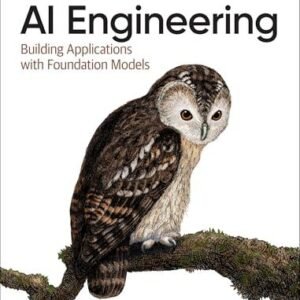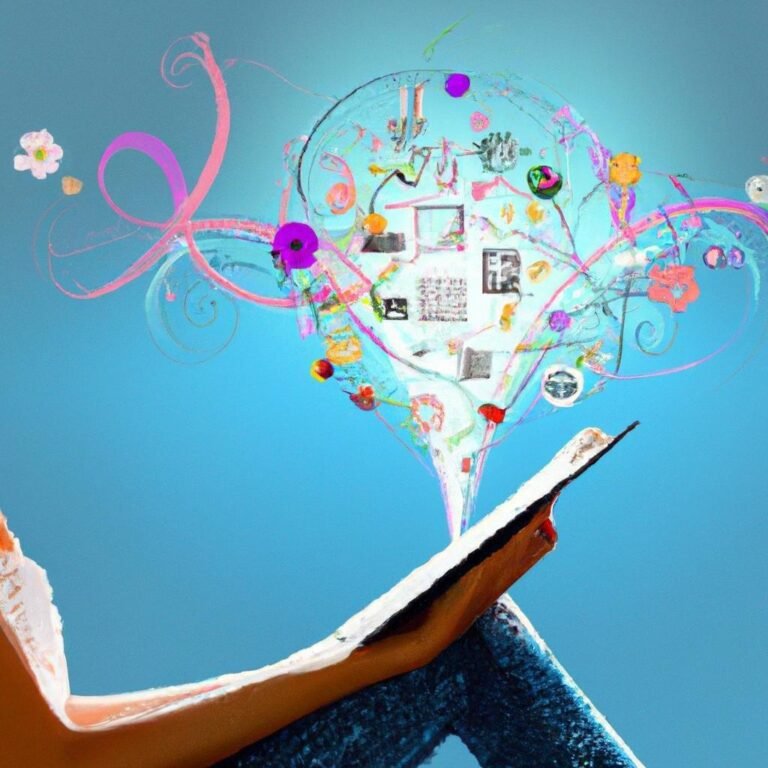In today’s rapidly evolving educational landscape, the integration of technology is no longer a luxury but a necessity. Among the most transformative tools in this digital revolution are artificial intelligence (AI) technologies, which are reshaping the way educators engage with students. As classrooms increasingly blend traditional teaching methods with innovative AI solutions, the potential to boost student engagement has never been greater. This article delves into the myriad of AI tools available to educators, exploring how they can foster interactive learning experiences, customize educational pathways, and inspire a deeper connection to the subject matter. Join us on this journey to discover actionable strategies that empower both educators and students, making learning not just effective, but also captivating. Whether you’re a seasoned teacher or an enthusiastic newcomer, the insights shared here will help you unlock the potential of AI in your educational practice.
Table of Contents
- Enhancing Interactive Learning Experiences with AI Technologies
- Personalizing Education: Tailoring Learning Paths through Data Analytics
- Empowering Teachers with AI: Tools for Effective Classroom Management
- Fostering Collaborative Learning Environments through AI Solutions
- In Summary
Enhancing Interactive Learning Experiences with AI Technologies
Utilizing AI technologies in educational settings allows for a more personalized and engaging learning experience. These tools can assess individual student needs and tailor resources accordingly, resulting in an environment where every learner can thrive. With AI-driven assessments, feedback can be instantaneous and adaptive, ensuring that students receive guidance precisely when needed. Key benefits of this approach include:
- Personalization: Custom learning paths based on students’ strengths and weaknesses.
- Interactivity: Dynamic simulations and intelligent tutoring systems that respond to student inputs.
- Accessibility: 24/7 support for learners, accommodating diverse learning styles and abilities.
Moreover, incorporating AI chatbots into the classroom promotes engagement outside traditional lesson times. These chatbots can answer queries in real-time, provide supplementary materials, and facilitate peer collaboration. With the capability of analyzing student interactions, educators can identify patterns and adjust their teaching strategies accordingly. Below is a simple comparison of traditional education methods versus AI-enhanced learning:
| Traditional Methods | AI-Enhanced Learning |
|---|---|
| Static content delivery | Dynamic, interactive lessons |
| Fixed pace for all | Self-paced tailored learning |
| Delayed feedback | Instant, actionable insights |
| One-size-fits-all approach | Custom learning experiences |
Personalizing Education: Tailoring Learning Paths through Data Analytics
In today’s rapidly evolving educational landscape, the integration of data analytics has unveiled new opportunities for personalizing learning experiences. By harnessing the power of data, educators can construct tailored learning paths that cater to the unique needs of each student. This personalized approach ensures that learning is not a one-size-fits-all journey but rather an adaptable system that evolves as students progress. With AI tools, teachers can analyse academic performance, behavioral trends, and engagement metrics to build detailed profiles, allowing for interventions that significantly enhance student outcomes.
Moreover, personalized learning can be supported through effective use of various AI-driven platforms. These tools can assist teachers in identifying skill gaps, predicting challenges, and suggesting targeted resources. Key features of these platforms include:
- Real-time Feedback: Immediate insights on student performance to inform instructional adjustments.
- Adaptive Learning Systems: Programs that adapt content difficulty based on individual progress.
- Predictive Analytics: Tools that forecast potential student outcomes and readiness.
By implementing these innovative strategies, educational institutions can transform the learning environment, ensuring that every student not only enhances their knowledge but also feels engaged and motivated throughout their academic journey.
Empowering Teachers with AI: Tools for Effective Classroom Management
Incorporating artificial intelligence into classroom management empowers educators to create a more organized and responsive learning environment. AI-driven tools offer features that help teachers streamline administrative tasks, allowing them to focus more on instruction and student engagement. These technologies can assist in monitoring student behavior patterns and identifying those who may need additional support. By utilizing advanced analytics, teachers can gain insights into class dynamics and tailor their approaches accordingly, ensuring that every student receives the attention they need to thrive.
Some innovative AI tools designed for effective classroom management include:
- Behavior Tracking Systems: These tools monitor student engagement and interactions, providing real-time feedback to educators.
- Automated Administrative Assistants: These can manage attendance, grade assignments, and even remind students of upcoming deadlines.
- Personalized Learning Aids: Adaptive learning platforms adjust to each student’s skill level and pace, promoting individual growth.
By leveraging these resources, educators can create not only a more efficient classroom but also foster a culture of collaboration and engagement among students.
Fostering Collaborative Learning Environments through AI Solutions
As educational landscapes evolve, the integration of artificial intelligence solutions is reshaping the way students collaborate and learn together. AI fosters dynamic learning environments that harness the collective intelligence of students, enabling them to share insights and tackle challenges more effectively. By implementing AI-driven tools, educators can provide personalized learning experiences that adapt to each student’s strengths and weaknesses, promoting more meaningful interactions. Features such as intelligent feedback loops, real-time analytics, and adaptive learning paths not only enhance individual student engagement but also encourage collaboration among peers.
Innovative platforms utilize AI technologies to facilitate group projects and discussions, encouraging students to work together in ways that were once unimaginable. These platforms can include features like:
- Virtual study groups: AI organizes students into collaborative teams based on shared interests or goals.
- Discussion prompts: Intelligent systems generate relevant questions to spark meaningful classroom debates.
- Resource sharing: AI curates and recommends materials that enhance group understanding and engagement.
To illustrate the effectiveness of these tools, consider the following table showing the impact of AI-driven collaborative learning on student performance:
| Metric | Before AI Integration | After AI Integration |
|---|---|---|
| Group Project Completion Rate | 65% | 85% |
| Student Engagement Levels | 70% | 95% |
| Peer-to-Peer Feedback Frequency | 30% | 72% |
This transformation not only boosts engagement rates but also fosters a sense of community among students, allowing for richer educational experiences that prepare them for future challenges.
In Summary
As we stand at the intersection of education and technology, the potential of AI tools to transform learning is truly exciting. By integrating innovative AI solutions into the classroom, educators can enhance student engagement, personalize learning experiences, and ultimately foster a more dynamic and inclusive educational environment. The journey of embracing these tools may come with challenges, but the rewards—richer interactions, deeper understanding, and a more empowered student body—are well worth the effort.
In looking ahead, it’s essential for educators, administrators, and policymakers to stay informed and proactive in leveraging these advancements. By doing so, we can create a future where every student is motivated to learn and equipped with the skills they need to thrive in an ever-evolving world. Let’s continue to explore, adapt, and innovate—because when we transform learning, we not only enhance academic success but also inspire lifelong curiosity and creativity.
Thank you for joining us in this exploration of AI’s promise in education. We encourage you to share your experiences and insights as we collectively shape a more engaging, effective, and equitable learning landscape.





